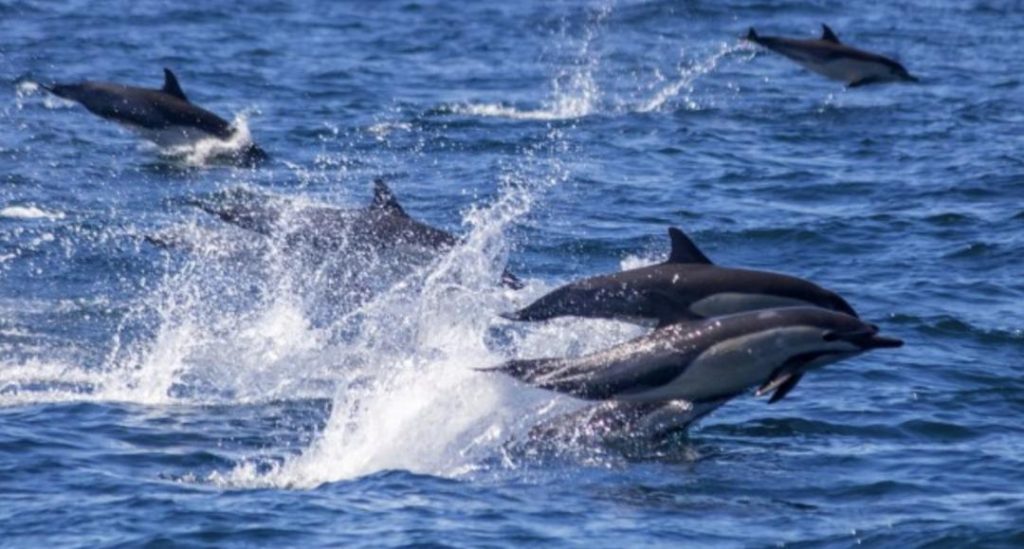
Dolphins & Whales Regularly Socialise with Each Other: Study
In a fascinating discovery, researchers have found that dolphins and whales engage in playful and social interactions with each other, challenging our previous understanding of these marine animals’ behavior. A recent study published by Griffith University’s Centre for Tropical Environmental and Sustainability Science reveals that 19 species of dolphins and whales frequently socialise with each other, often in playful and mutual interactions.
The study, which analyzed videos and photographs of interactions between baleen whales and dolphins, covered 199 separate events across various species. The findings provide valuable insights into the complex social dynamics of these marine mammals and highlight the importance of their relationships.
According to the study, the most common interaction observed was dolphins swimming near the head of the whale. This behavior suggests that dolphins may be seeking social interaction and even playfulness from the whales. The researchers noted that the interactions were not only limited to dolphins but also involved other species, including orcas and pilot whales.
One of the most striking aspects of the study was the involvement of bottlenose dolphins, which were found to be the most engaged dolphin species in these social interactions. This highlights the importance of bottlenose dolphins in facilitating interspecies socialization and playfulness.
The researchers used a combination of observational data and statistical analysis to identify patterns in the interactions between dolphins and whales. They found that the social interactions were not limited to specific species or habitats, but rather were widespread across different environments and species.
The study’s lead author, Dr. Lars Bejder, emphasized the significance of these findings, saying, “Our research shows that dolphins and whales are not just solitary animals, but they are capable of complex social interactions that are essential for their survival and well-being.”
The study’s findings also have implications for our understanding of marine ecosystems and the importance of preserving these interactions. Dr. Bejder noted, “By recognizing the social bonds between dolphins and whales, we can better understand the importance of preserving their habitats and protecting their populations.”
This study provides a fascinating glimpse into the complex social lives of dolphins and whales, challenging our previous understanding of these animals as solitary creatures. The findings highlight the importance of preserving these interactions and protecting the marine ecosystems that support them.
As we continue to learn more about the social behavior of dolphins and whales, we are reminded of the importance of respecting and preserving these incredible creatures and their habitats. By doing so, we can ensure the continued health and well-being of these magnificent animals and the ecosystems they inhabit.






